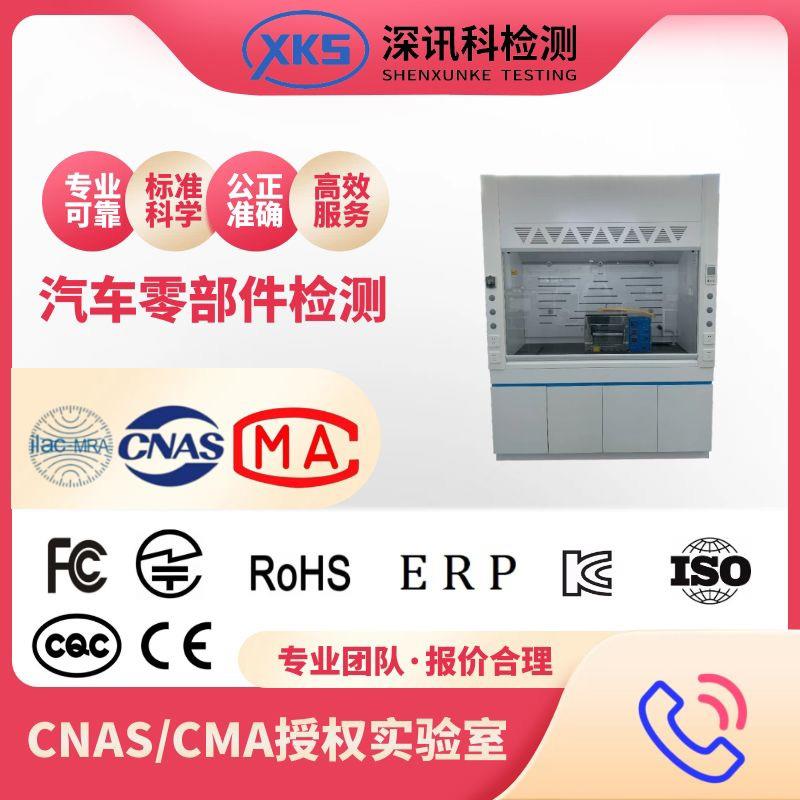reliability of connectors

The connector is a component that our electronic engineering technicians often contact. Its function is to build a communication bridge between the blocked or isolated circuits in the circuit, so as to make the current flow and realize the predetermined function of the circuit. Connectors are indispensable components in electronic equipment. You will always find one or more connectors when you observe the current flow path. Connector forms and structures are ever-changing. There are various types of connectors with different application objects, frequencies, power, and application environments.
However, no matter what kind of connector, it is necessary to ensure that the current flows smoothly, continuously and reliably. In general terms, the connector is not only connected to the current. Today, with the rapid development of optoelectronic technology, in the optical fiber system, the signal carrier is light, glass and plastic instead of the wires in the ordinary circuit. However, connectors are also used in the optical signal path, and their functions are the same as circuit connectors. This shows that the reliability of the connector is very important. If the performance indicators of the connector fail to meet the relevant expectations, a series of problems will emerge later, which will have various impacts on your application.
The following factors shall be considered for the reliability of connectors:
a. Materials for connector product design and product manufacturing;
b. Operating environment;
C. The application environment of functional requirements, especially temperature, humidity, corrosion, etc., determines which failure mechanisms will work, while the functional requirements of connectors determine the allowable failure degree.
Understand the reliability of connectors, and generally conduct various tests on connectors. The tests generally involve the following items: plugging force test, durability test, insulation resistance test, vibration test, mechanical impact test, cold and hot impact test, mixed gas corrosion test, etc. Specific test items are as follows:
(1) Plugging force test
Purpose: to verify whether the plug-in force of the connector meets the product specification requirements;
Principle: fully insert or pull out the connector according to the specified rate, and record the corresponding force value. (2) Durability test
Objective: To evaluate the influence of repeated plugging and unplugging on the connector and simulate the plugging and unplugging status of the connector in actual use.
Principle: continuously plug and unplug the connector at the specified rate until the specified number of times is reached.
(3) Insulation resistance test
Purpose: to verify whether the insulation performance of the connector meets the requirements of circuit design or whether its resistance value meets the requirements of relevant technical conditions when it is subjected to environmental stress such as high temperature and humidity.
Principle: voltage is applied to the insulation part of the connector, so that leakage current is generated on the surface or inside of the insulation part to show the resistance value.
(4) Withstand voltage test
Objective: to verify whether the connector can work safely under the rated voltage and can withstand the over potential, so as to evaluate whether the insulation material or insulation gap of the connector is appropriate. Principle: apply the specified voltage between the contact parts of the connector and between the contact parts and the shell for a specified time, and observe whether the sample has breakdown or discharge.
(5) Contact resistance test
Purpose: to verify the resistance value generated when the current flows through the contact surface of the contact. The principle is to measure the voltage drop at both ends of the connector by applying the specified current to the connector
(6) Vibration test:
Objective: to verify the effect of vibration on the performance of electrical connector and its components.
Vibration type: random vibration, sinusoidal vibration
(7) Mechanical impact test
Objective: to verify the impact resistance of the connector and its components or evaluate whether the structure is firm;
Test waveform: half sine wave, square wave.
(8) Cold and heat shock test
Objective: To evaluate the effect of the connector on its functional quality under the rapid large temperature difference. (9) Combined cycle test of temperature and humidity
Objective: To evaluate the effect of connectors stored in high temperature and humidity environment on the performance of connectors.
(10) High temperature test
Objective: To evaluate whether the terminal and insulator performance change after the connector is exposed to high temperature environment for a specified time.
(11) Salt spray test
Objective: To evaluate the salt spray corrosion resistance of connectors, terminals and coatings
(12) Mixed gas corrosion test
Objective: To evaluate the corrosion resistance of connectors exposed to different concentrations of mixed gases and its impact on their performance

